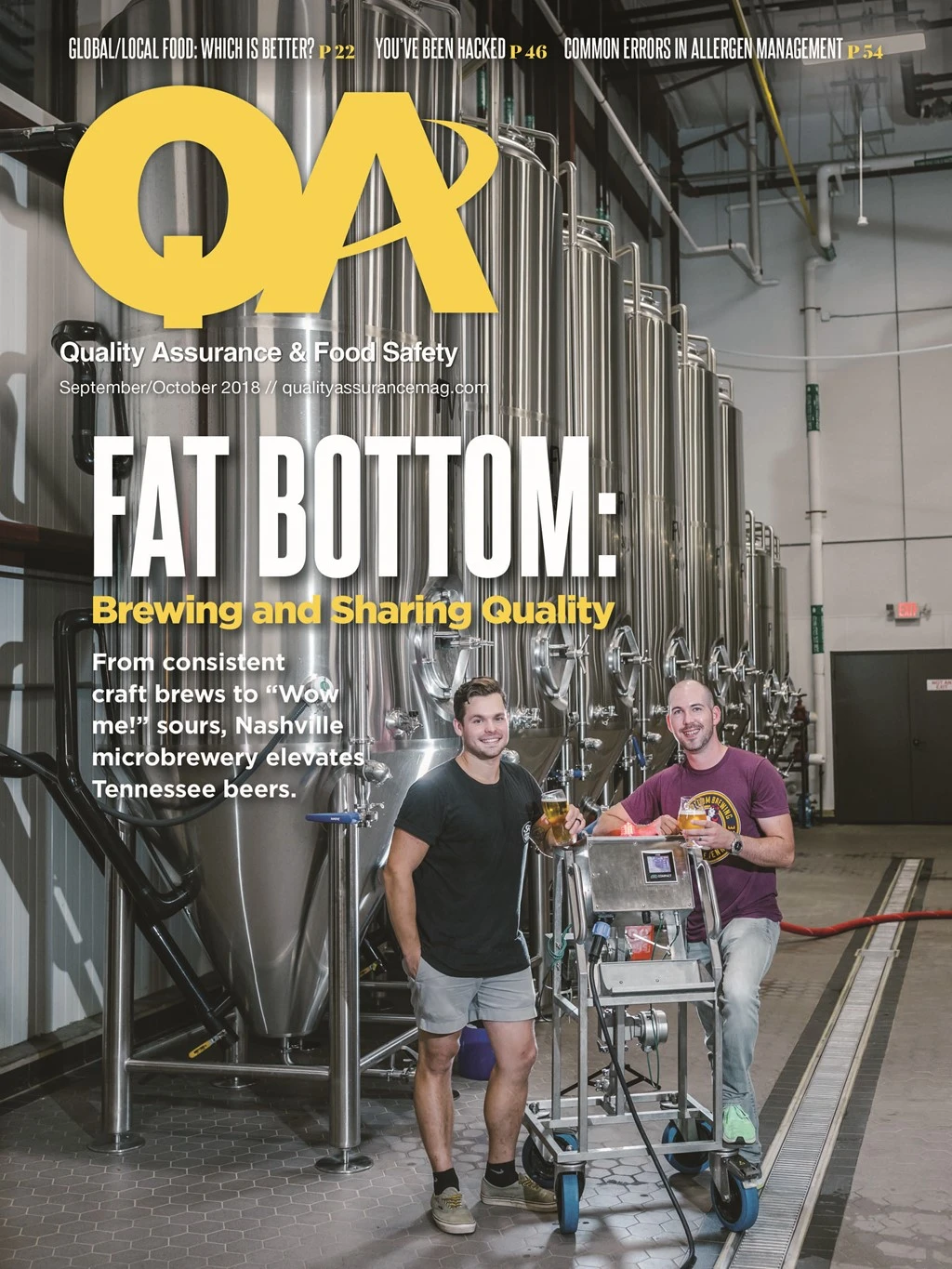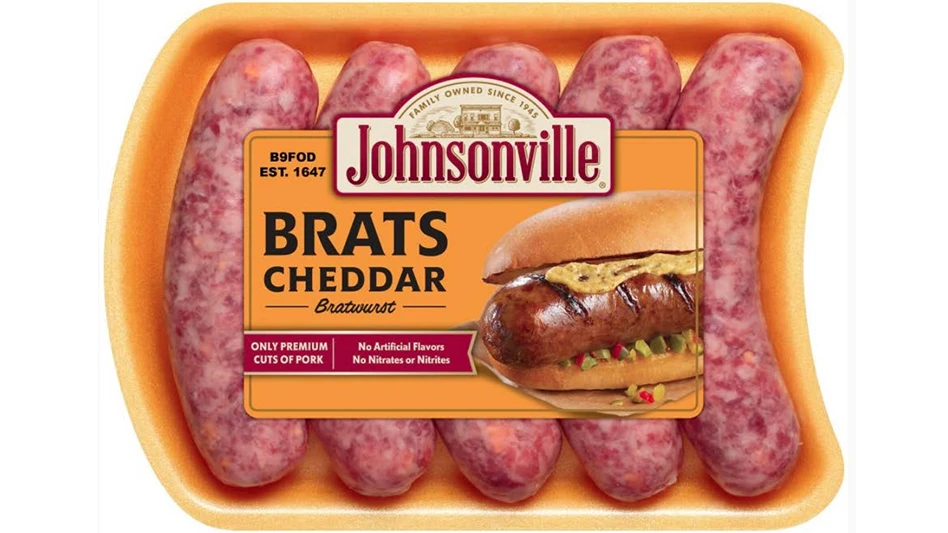
Mention birth control for rats in a conversation and you’re likely to evoke a chuckle or two. But it is that scientific development that brought Senestech Co-Founder and CEO Loretta Mayer to the attention of such world leaders as Theoretical Physicist Stephen Hawking, Former President Bill Clinton, India’s Prime Minister Narendra Modi, and even the Dalai Lama. While most of us would be thrilled with the chance to meet, let alone have a dialogue, with such historical figures, the greater gratification for Mayer is the reasons for and outcomes of such discussion: the long-term reduction of rodents in the fight against food insecurity, infrastructure damage, and disease transmission.
From its origination as a way to study heart disease in women through menopausal mice to its applications in Asia to reduce the rat populations in rice farms, Mayer and co-founder Dr. Cheryl Dyer have brought the fertility control concept through a complex evolution to attain EPA registration for the use of the active ingredient in rodent management in the U.S.
It hasn’t been an easy road, nor one that followed any preset plan. In fact, Mayer said, “I think one of our successes was that we didn’t know what we didn’t know.” And that success amazes even her sometimes. “This little company ... how did we make it?” she asked. “We were two dreamers with no money but a desire to make an impact.”
THE MAKING OF A SCIENTIST. It all started when Mayer’s friend, Gladys Johnston, whom she saw as mentor and mother-figure passed from a massive heart attack. Heartbroken, she went to scientist Dr. Linda Curtis asking why her friend died. The response: If she were male, we’d know exactly what happened, but we don’t know much about women and heart disease. “We need to change that,” Mayer said, saddened and perplexed by the lack of knowledge. “Make me a scientist.”
She made a deal with Curtis: “I will work for you for 30 days. I will do anything. At the end of the 30 days, you’ll honestly look me in the eye and tell me if I can become a scientific researcher to find out about heart disease in women.” Curtis agreed and assigned her to work with Dyer. It was to be an auspicious introduction.
It wasn’t the first time Mayer would follow her passion to change the world, and it wouldn’t be her last. Although she’d always been drawn to science, Mayer attained a B.A. in Sociology from the University of California, San Diego in 1971, “having been very engaged in the activism of the ’60s,” primarily combating social inequality. But, she ended up in a clerical position in a financial company because, she said earnestly, “I was just stunned that no one wanted to pay me to change the world.”
But through a series of “You seem smart, can you learn to …” opportunities, Mayer got licensed in and/or learned the world of securities, real estate, insurance, construction, and property management — through which she ran a highly successful real estate development company.
It was precisely because none of this still satisfied her desire to change the world that Mayer took on the 30-day challenge — which she passed with distinction. And when she did, she sold her real estate development business — giving all its employees a generous severance because, she said, “They shouldn’t have to pay for my decisions.” Then, moving herself and her 13-year-old daughter to a smaller home, she released her cook, housekeeper, and chauffeur; sold off a majority of their possessions at a swap meet; and went back to school at the age of 41.
It was while working toward her masters and doctorate in biology/biological sciences that Mayer began to work with Toxicologist Dr. Pat Hoyer, who was studying a compound “that caused the rapid natural acceleration of loss of eggs in the ovaries.” Although the toxicologist saw no good use for the compound, Mayer told her, “That may be your trash, but it’s my treasure, because if I could make a transgenic mouse menopausal, and it still had its ovaries, we could study women’s heart disease, osteoporosis, and even ovarian cancer in a menopausal model.”
While Mayer’s ultimate goal was such study, she was continuing to publish papers about the compound’s effect on mice, i.e., infertility or birth control. And that set the wheels in motion for two career-altering phone calls. The first was from a veterinarian in New Mexico, Dr. Clint Balok, who saw its potential for reducing the need for euthanasia of animals, telling Mayer that if she could do for dogs what she did for mice, he could quit killing animals; if we could stop their breeding, we could stop the overpopulation.
“That struck a cord in me,” Mayer said. “And I woke up in a bunkhouse in New Mexico with 18 dogs I had adopted.” The compound worked … and she ended up bringing all 18 dogs home with her.
The second call was from an investigator in Australia, Dr. Lyn Hinds, who wanted to speak with her about the menopausal mouse model for use in Asia where the rice field rat was destroying up to 30% of the crop of the small farmers. Mayer was told that stopping reproduction in 50% of the rats could reduce destruction by 80% and a 5.0% drop in the rat population could feed 400 million people. “That was compelling,” she said. “I did a lot of reading and the literature convinced me ... so then I woke up in a rice field in Asia.”
Coming to America. With other similar applications beginning to be requested, Mayer realized it was time to form a business. Having continued to work with Dyer since her 30-day test, the two formed Senestech in 2004 — “with two Ph.D.s; a cell phone; and a business neighbor, Jim Dawson, who would sign the documents of incorporation,” Mayer said. “I didn’t want to go back into business, but as any scientist will tell you, if you can’t take your ideas from your bench to the marketplace, you won’t have an impact; you’ll just have a lot of great publications.”
Additionally, she said, it became clear that the technology needed to be developed into a product that would be attractive to rodents and affordable for use. Thus, the invention of ContraPest: a non-lethal, rodent fertility control product which targets both female and male Norway and roof rats. Although Senestech was doing a lot of work in Indonesia, Phillipines, and Laos, they had not applied for EPA registration for use in the U.S. primarily because of the time and money that would take.
Then an EPA representative got wind of the product, saw its potential, and asked them to come to Washington, D.C. to present it to an EPA team. It turned out to be a very unusual meeting. Not only did EPA approve the application based on Senestech’s two years of preparation, but registration was attained in less than a year.
The two women continued to attain such unique support from influential government leaders in various areas – with an NIH grant funded for the business in its headquarters’ city of Flagstaff, Ariz., because it would add jobs, and a support letter from the New York City Transit Authority for an experimental use permit in the subways because, thus far, nothing that had been tried previously had been sustainable. For this use, the product was manufactured in liquid formulation because of rats’ need for water and the dry environment typically found in subway systems. “The bait is fatty and sweet and just about everything a rat could want,” Mayer said. “And because it doesn’t harm them, there is no bait shyness.” Within 12 weeks, the rat population had been reduced by 43%, she said.
BALANCING THE BATTLE. “Pest management professionals have been fighting an uphill battle for hundreds of years to solve rodent problems,” Mayer said. “We learned in Asia that they will outbreed any type of lethal approach. If you use a lethal approach, the ones who survive are the ones who are resistant or savvy, and they continue to breed.” That doesn’t mean, however, that rodenticides shouldn’t be used, she added. Fertility control is not a silver bullet, it is a tool and needs to be used in conjunction with a full program. It can be most useful as a stand-alone product in areas such as parks and zoos where lethal means are a concern, whereas more sensitive sites such as food plants that have zero tolerance for pests and may require faster, more complete eradication, fertility control works best as a complement to existing IPM protocols, she explained.
“When animals and humans collide, if the animals are destructive in any way to the human population, they become pests,” Mayer said. “In this pest management world, we’re dealing with the intersection of people and animals. There are so many approaches, and the success will come from all of us working together. People are passionate about their wildlife. I get that. But it’s like stepping over and looking at it from this side: having a rat carrying Leptospirosis in a childcare center is unacceptable. We are still struggling with management, but management will come from balance; it won’t come from eradicating anything.”
With Senestech’s mission to ease the issues caused by the interaction of humans and animals by reducing the “pest” populations, Mayer sees herself as the link between the diverse worlds and objectives of pest managers and wildlife and animal welfare groups. “There is a beautiful blend and harmony here that I’d really like to be a voice for,” she said.
CONTINUING STUDIES AND GROWTH. As a scientist at heart, Mayer’s successes haven’t stopped her from further studies on rodents; in fact, additional research was integrated into the subway efforts. By using a special dye in the bait which fluoresces in the rat’s whiskers, they were able to tell which rats ate the bait, for how long, and how many times they returned to consume additional bait. Mayer then worked with an animal sanctuary, where the product is ideal because of its non-lethality, she said. Having compiled GPS tracking of the rodent feeding, she laid this over standard rat home ranges and was able to show where the rats were traveling.
Mayer also has continued to conduct field inquiries about experimental projects outside the U.S. on fertility control of other animals, such as squirrels with Great Britain’s Animal and Plant Health Agency; voles in Germany; felines, marsupials, and wallabies in Australia; and brushtail possum in New Zealand. And research also has been conducted within the U.S. on feral pigs with Texas A&M. “As our company grows, we first had to grow in the most challenging species we could face — which was the rat. And I’m feeling pretty good about that,” Mayer said.
With Senestech now a publicly traded company with 40 employees, Mayer knows that it’s all about people. “If you have the right people with you and around you, you have their support, you lend your passion to them, and it begins a movement. Then you reach that tipping point; you take a deep cleansing breath and step into that forward current together. We’re all in the boat: the guy on the right has the oar and the gal over here has the helm, and we’re making it.
“That’s what it’s all about; it’s the people,” she said. And it is about the diversity of those people — diversity of gender, age, and culture, Mayer said. Although all are equal, all are not the same and each brings his or her own traits and skills that are “hard-wired biologically,” she said.
For example, Mayer has had people say that Senestech is a woman-dominated company. But, she said, “I don’t really believe that’s true. We have a lot of females, but what you don’t understand is the complete and total success matrix of our males and females working together. You need those males with the fight or flight response to stress, and you need those females with the tend and befriend mentality. And when you put those together you have the secret for success.”
The same is true with the balance that is brought through the diversity of age and culture, she said. “You have to have that wonderful, wonderful diversity.”
Mayer’s father always told her: “You can do anything you really set your mind to.” Having set her mind on changing the world, it seems that Mayer is well on her way to doing just that.
As Stephen Hawking said, “If Loretta is right, it’s going the change how we do things forever.” Nothing could be closer to Mayer’s heart.
The author is Editor of QA magazine. She can be reached at llupo@gie.net.

Explore the October 2018 Issue
Check out more from this issue and find your next story to read.
Latest from Quality Assurance & Food Safety
- Taylor Farms Linked to Romaine E. coli Outbreak as Marler Clark Files Multiple Lawsuits Against Supplier
- IAFNS Announces Winners of Emerging Leader Awards for Food Safety, Nutrition
- FDA Shares Testing Results for PFAS in Bottled Water
- Provision Analytics Adds Food Safety Expert Jennifer Williams to Strategic Advisory Group
- Boston Sword & Tuna Protects Seafood Safety with Mettler-Toledo Metal Detectors
- IFT Releases New Resources to Aid Food and Beverage Industry in Sugar Reduction
- Yum! Brands CEO David Gibbs to Retire in 2026
- Penn State Extension Offers Short Course on Food Microbiology and Safety for Food Plant Workers






